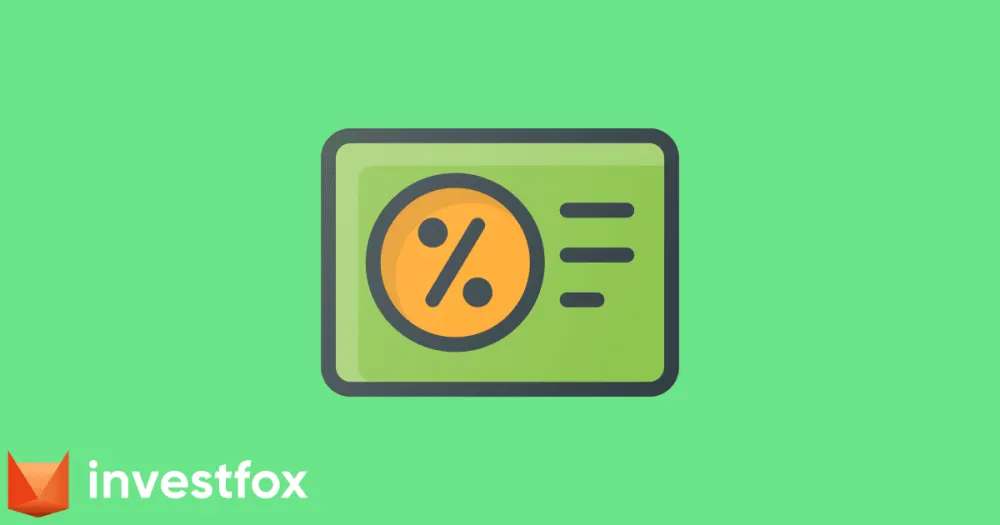Our partner, XM, lets you access a free demo account to apply your knowledge.
No hidden costs, no tricks.

The bond market is a source of reliable long-term investments during periods of high interest rates. While the prices of bonds do fluctuate on the market, this is not the primary purpose of bond investments.
Bonds pay out an annual, biannual, or quarterly percentage of the initial investment, which is called a bond coupon.
Bond coupons are fixed interest rate payments made by the issuer of the bond. The bond issuer may be the state treasury, local government entity, or a corporation. The coupon rate may differ greatly depending on the issuer and the risks associated with its operations.
The coupon rate is the annual interest rate specified on the bond when it is issued, and it is used to calculate the amount of each coupon payment.
The term "coupon" comes from the historical practice of attaching physical coupons to paper bonds. Bondholders would clip these coupons and redeem them for their interest payments when they came due. This process is fully digital on the modern markets, but the term has remained unchanged.
Bond coupons are the returns on the bonds for investors. However, these coupon payments are not homogenous between different bonds and there are a number of different bonds by coupon type.
Rates may be tied to certain market benchmarks from central banks, while some bonds may not pay any coupon at all.
The different types of bonds in terms of coupon rates are:
Calculating the coupon rate of a bond is a relatively simple process. The formula for calculating the coupon rate is as follows:
Coupon Rate = Annual Coupon Payment / Face Value Of The Bond X 100
However, calculating the coupon rate of an issued bond is generally not necessary, as this and other data is readily available in the bond prospectus document.
It is important to consider that bonds with variable coupon rates are not constant and this formula does not apply to them. The change in prevailing interest rates and any other benchmark, such as the LIBOR rate, can affect the coupon rate of the bond.
Coupon stripping, also known as bond coupon stripping or zero-coupon bond creation, is a process that involves separating the interest payments (coupon payments) from a bond and selling them as individual securities.
Initially, a bond is issued with a fixed coupon rate, and it typically pays periodic interest payments to bondholders over its maturity. For example, a 10-year Treasury bond with a 3% annual coupon rate will make semi-annual interest payments to bondholders.
To create separate securities from the bond's interest payments, financial institutions or the U.S. The Treasury itself may use a process called book-entry stripping.
The bond's interest payments are separated into individual components, each representing a specific coupon payment.
These components are then sold as separate securities, often referred to as "strips" or "zero-coupon bonds”.
Our partner, XM, lets you access a free demo account to apply your knowledge.
No hidden costs, no tricks.
Junk bonds, which are rated low by credit agencies, typically have high coupon rates to attract investors. However, they also carry a high degree of risk and defaults are not at all uncommon.
Most bonds have a fixed coupon. However, this is not always the case and some bonds have variable rates, while others are tied to international benchmarks, such as the LIBOR, and adjust their rates as the benchmark moves.
The difference between the bond coupon and yield is that the coupon rate shows the stated return paid on the bond, while yield shows actual returns over a year.